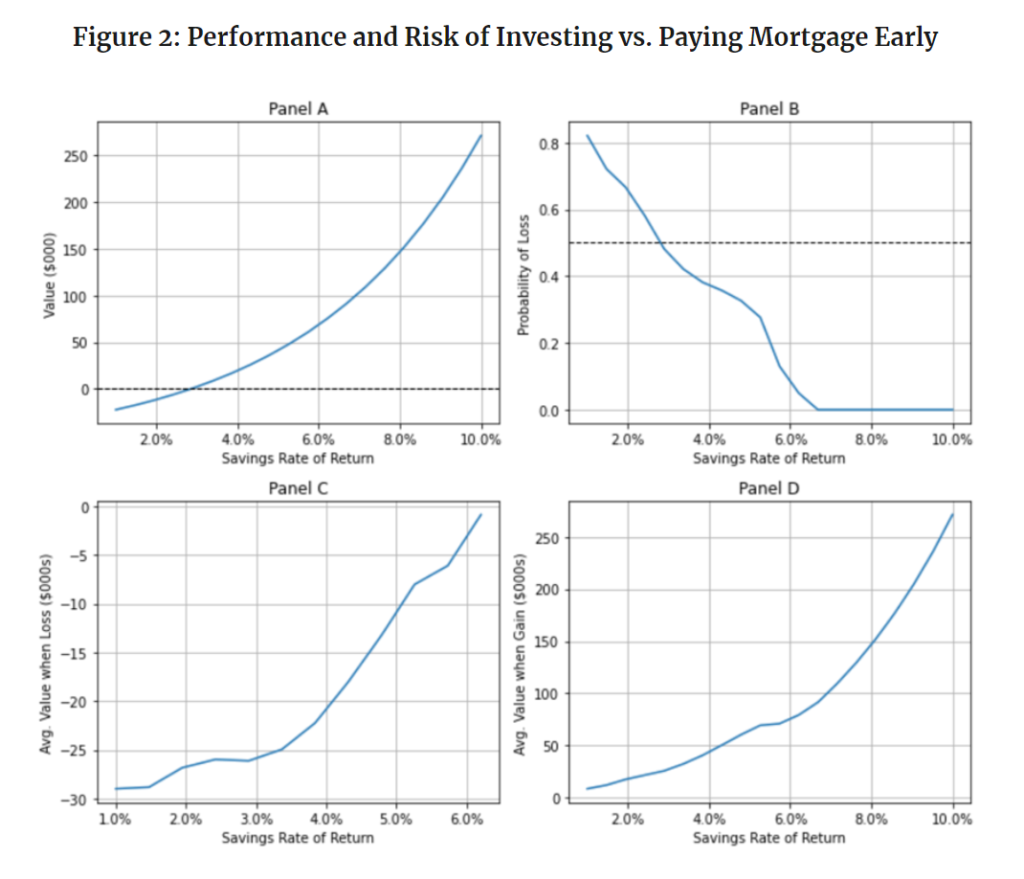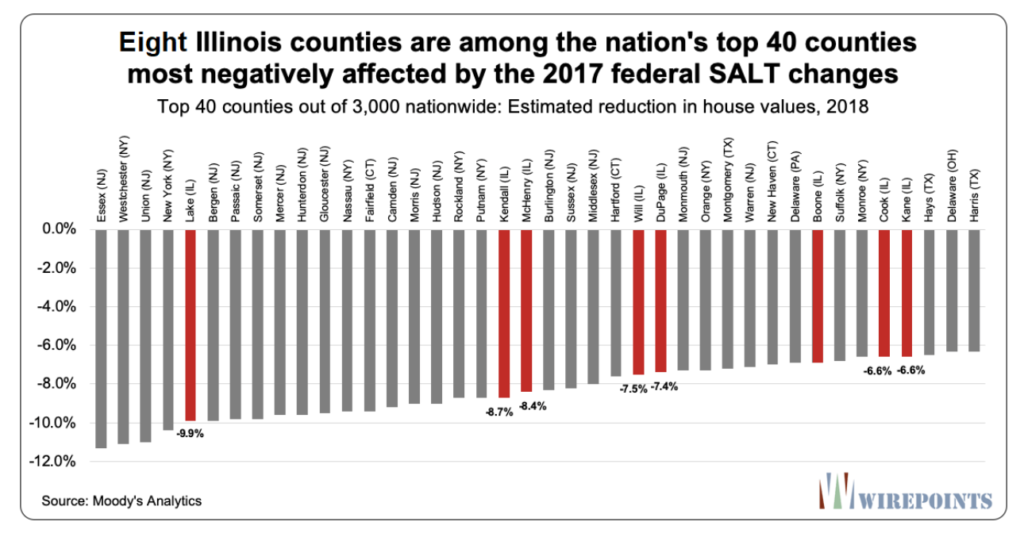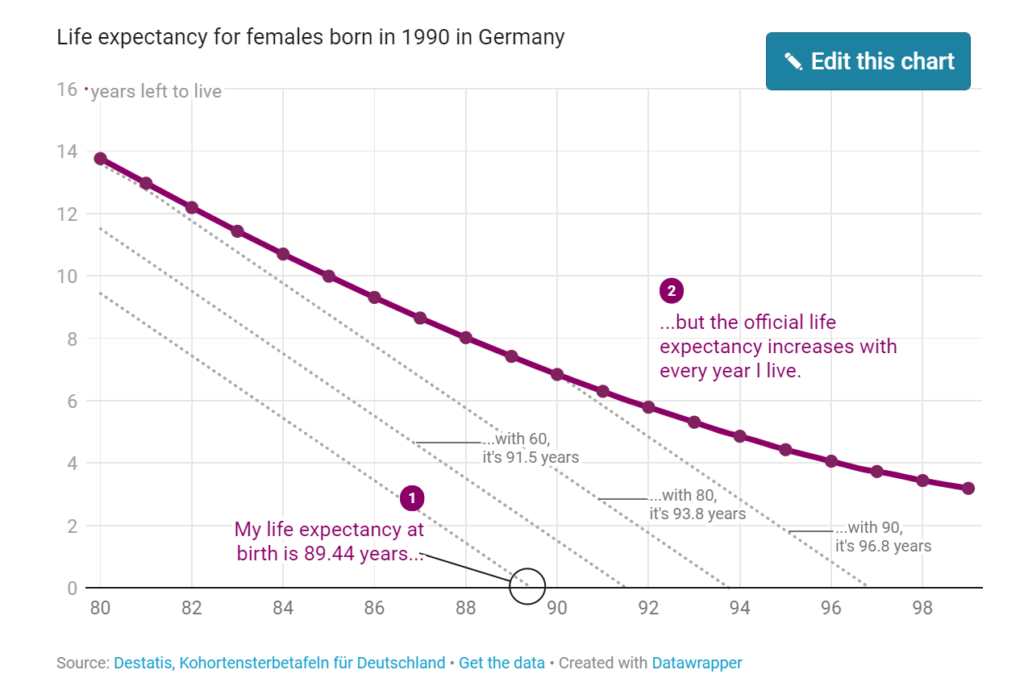Excerpt:
Because Connecticut employees contributed so little to their own pensions, the cost to the state was actually higher than the average cost of pension benefits in the 50 states, Here are the numbers from the center’s study (page 17). In 2014, Connecticut contributed 8.0% to SERS, while the 50-state average contribution was 7.0%. These percentages are pension cost as a percent of payroll cost.
The higher level in Connecticut was necessary because state employees contributed only 2.2% to their own pensions, while the 50-state average employee contribution was triple that amount, or 6.6%.
The differential between Connecticut’s 8% and the national average of 7% amounted to a 14.3% higher level in Connecticut. Either way you look at the extra 14.3% – as a higher state cost or as a larger employee benefit – it was overly generous. So how did the center make its mistake? Instead of recognizing the impact of the level of employee contributions, the center glossed over them and only looked at the gross unallocated cost of pension benefits, namely 10.2% in Connecticut versus an average of 13.6% in the 50 states. This creates an illusion opposite to reality. The fair and accurate measure is net cost for the state and net benefit for employees, which, in Connecticut, was 8%. The gross cost of the benefit of 10.2% was offset by the employee contributions of 2.2%, leaving both the state’s net cost and the employee’s net benefit at 8%. Nationally, a gross cost of 13.6% was offset by employee contributions of 6.6%, leaving a lower net cost/benefit of 7%.
Author(s): Red Jahncke
Publication Date: 8 April 2021
Publication Site: Journal Inquirer




